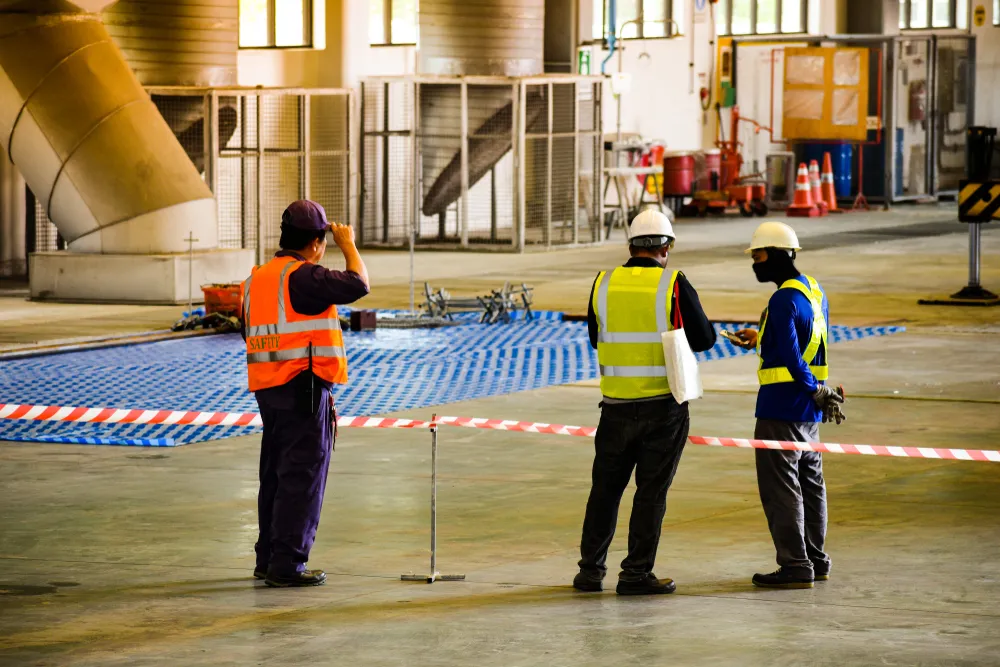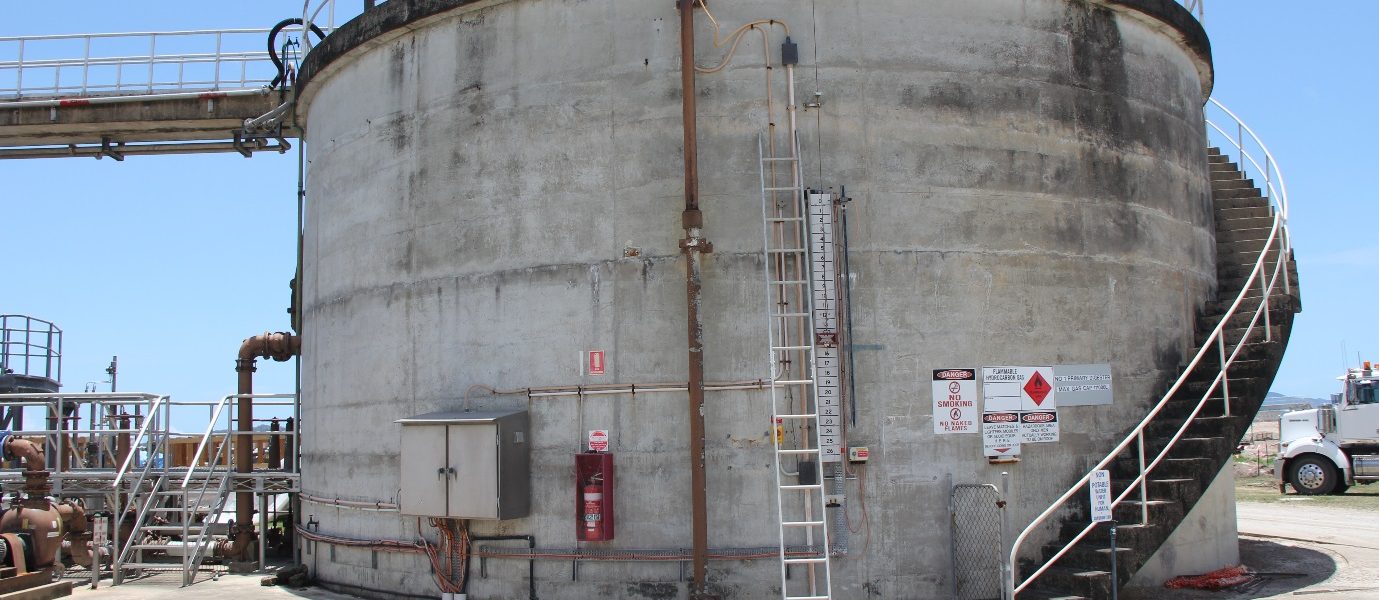Things about Roar Solutions
Things about Roar Solutions
Blog Article
The Best Strategy To Use For Roar Solutions
Table of Contents7 Easy Facts About Roar Solutions Shown3 Easy Facts About Roar Solutions DescribedSome Known Facts About Roar Solutions.
In order to secure setups from a possible explosion a method of analysing and classifying a potentially hazardous location is needed. The function of this is to make certain the right option and setup of equipment to eventually avoid an explosion and to ensure safety of life.
(https://www.quora.com/profile/Roarsolutions)
No devices must be mounted where the surface area temperature level of the equipment is above the ignition temperature level of the offered threat. Below are some typical dirt harmful and their minimal ignition temperature. Coal Dust 380C 225C Polythene 420C (melts) Methyl Cellulose 420C 320C Starch 460C 435C Flour 490C 340C Sugar 490C 460C Grain Dirt 510C 300C Phenolic Material 530C > 450C Aluminium 590C > 450C PVC 700C > 450C Residue 810C 570C The probability of the threat being existing in a concentration high sufficient to cause an ignition will certainly vary from place to area.
In order to identify this threat an installment is separated right into areas of risk depending upon the quantity of time the unsafe exists. These locations are referred to as Zones. For gases and vapours and dusts and fibres there are 3 areas. Area 0 Area 20 A harmful ambience is very likely to be present and might be existing for extended periods of time (> 1000 hours each year) and even continually Zone 1 Area 21 A harmful environment is possible however not likely to be present for extended periods of time (> 10 450 C [842 F] A classification of T6 suggests the minimum ignition temperature level is > 85 C [185 F] Harmful location electric tools maybe made for use in higher ambient temperatures. This would certainly showed on the score plate e.g. EExe II C T3 Ta + 60C( This implies at 60C ambient T3 will certainly not be gone beyond) T1 T1, T2, T3, T4, T5, T6 T2 T2, T3, T4, T5, T6 T3 T3, T4, T5, T6 T4 T4, T5, T6 T5 T5, T6 T6 T6 A T Class rating of T1 implies the optimum surface temperature created by the tool at 40 C is 450 C. Assuming the associated T Course and Temperature level rating for the equipment are ideal for the area, you can constantly utilize a tool with a more stringent Department score than needed for the location. There isn't a clear response to this question unfortunately. It really does rely on the kind of tools and what repair services require to be lugged out. Equipment with particular examination procedures that can't be carried out in the area in order to achieve/maintain 3rd party score. Must come back to the manufacturing facility if it is before the devices's service. Area Repair Work By Authorised Personnel: Challenging screening may not be needed nonetheless particular treatments may require to be complied with in order for the tools to preserve its third celebration score. Authorized personnel have to be utilized to perform the work appropriately Repair work have to be a like for like replacement. New element should be considered as a direct replacement needing no special screening of the equipment after the repair service is total. Each tool with a hazardous rating need to be assessed separately. These are detailed at a high degree below, however for even more comprehensive details, please refer directly to the guidelines.
The Definitive Guide for Roar Solutions
The tools register is a comprehensive database of devices records that includes a minimum set of areas to recognize each product's location, technological specifications, Ex category, age, and environmental information. This details is essential for monitoring and taking care of the devices successfully within harmful locations. On the other hand, for regular or RBI sampling assessments, the grade will be a mix of Comprehensive and Close assessments. The ratio of Thorough to Shut evaluations will be established by the Devices Danger, which is analyzed based upon ignition threat (the chance of a source of ignition versus the possibility of a combustible atmosphere )and the unsafe area classification
( Area 0, 1, or 2). This variation will additionally affect the resourcing demands for job preparation. Once Lots are specified, you can develop sampling plans based upon the sample size of each Lot, which refers to the variety of random equipment things website here to be evaluated. To establish the called for sample size, two elements require to be assessed: the size of the Great deal and the classification of inspection, which shows the degree of initiative that ought to be used( reduced, normal, or enhanced )to the examination of the Whole lot. By incorporating the group of assessment with the Whole lot size, you can then establish the ideal rejection criteria for an example, meaning the allowable variety of defective products discovered within that example. For more details on this process, please describe the Energy Institute Standards. The IEC 60079 conventional recommends that the maximum period between assessments must not go beyond 3 years. EEHA assessments will certainly likewise be conducted outside of RBI projects as part of set up upkeep and equipment overhauls or repair work. These evaluations can be attributed towards the RBI sample sizes within the affected Lots. EEHA inspections are carried out to determine faults in electric devices. A heavy scoring system is necessary, as a solitary item of equipment may have multiple mistakes, each with varying levels of ignition threat. If the consolidated rating of both assessments is much less than two times the mistake rating, the Lot is regarded acceptable. If the Whole lot is still thought about inappropriate, it should undergo a complete examination or justification, which may cause stricter inspection procedures. Accepted Whole lot: The reasons for any mistakes are determined. If a common failing setting is discovered, added equipment might require assessment and repair work. Mistakes are identified by extent( Safety and security, Stability, Home cleaning ), ensuring that urgent problems are examined and resolved quickly to alleviate any impact on security or operations. The EEHA database must track and tape the lifecycle of faults along with the corrective actions taken. Executing a durable Risk-Based Examination( RBI )method is vital for making certain compliance and safety and security in managing Electrical Tools in Hazardous Locations( EEHA) (electrical refresher course). Automated Fault Rating and Lifecycle Management: Easily handle mistakes and track their lifecycle to boost examination accuracy. The intro of this assistance for risk-based evaluation better enhances Inspectivity's position as a best-in-class remedy for governing compliance, along with for any kind of asset-centric evaluation use situation. If you have an interest in finding out much more, we invite you to ask for a demo and find just how our remedy can change your EEHA management processes.
Examine This Report about Roar Solutions

In terms of eruptive threat, a dangerous area is a setting in which an explosive atmosphere is existing (or might be expected to be existing) in quantities that require special safety measures for the construction, installment and use equipment. hazardous area course. In this short article we check out the obstacles encountered in the office, the risk control procedures, and the called for expertises to work safely
It is a repercussion of contemporary life that we make, keep or deal with a range of gases or liquids that are regarded flammable, and a variety of dirts that are regarded flammable. These substances can, in certain conditions, develop explosive ambiences and these can have major and awful consequences. Most of us know with the fire triangular get rid of any type of among the 3 aspects and the fire can not happen, but what does this mean in the context of hazardous locations? When damaging this down right into its most basic terms it is basically: a combination of a particular amount of release or leakage of a specific material or product, combining with ambient oxygen, and the existence of a resource of ignition.
In most circumstances, we can do little about the degrees of oxygen airborne, however we can have considerable influence on resources of ignition, as an example electrical tools. Dangerous areas are documented on the harmful location category illustration and are determined on-site by the triangular "EX-SPOUSE" indication. Below, among various other essential info, areas are divided right into three kinds depending on the danger, the probability and period that an explosive ambience will exist; Area 0 or 20 is regarded one of the most dangerous and Zone 2 or 22 is deemed the least.
Report this page